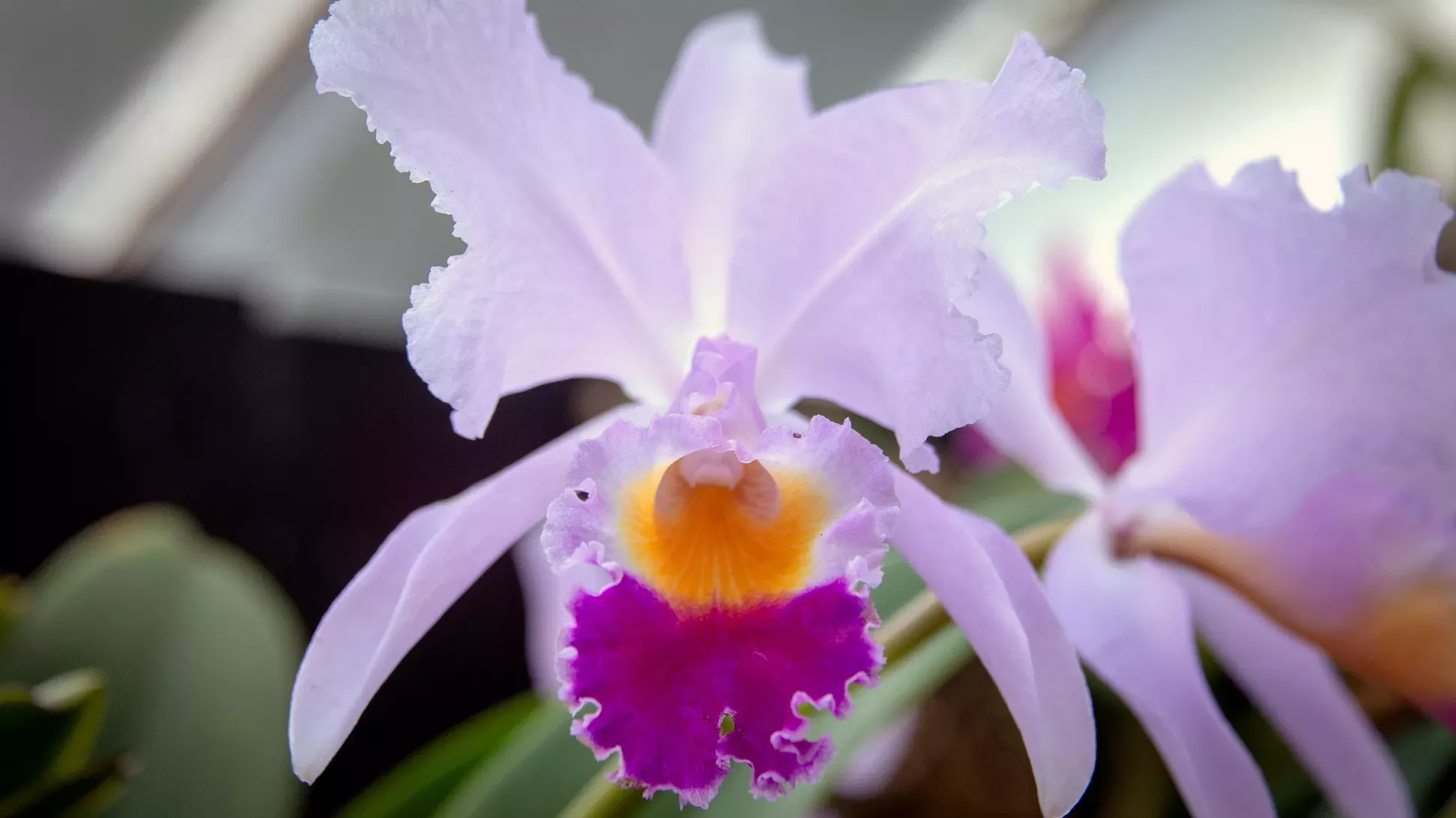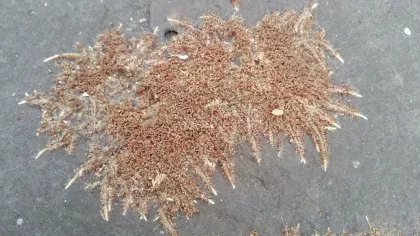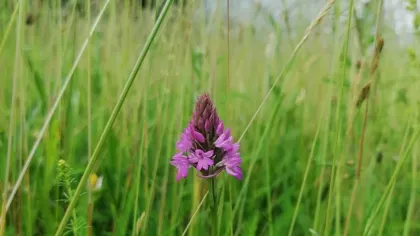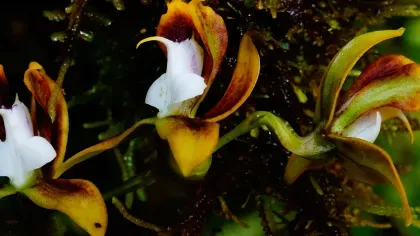31 October 2022
Digital séance: Bringing the 'ghost orchids' to life
Kew's Digital Revolution team have been taking some of the most mysterious and mesmerising members of our orchid collection online.

The ever-growing Kew Science Collections Digitisation Project team have been digitising Kew's orchid collection since June 2022, having so far imaged and barcoded over 32,000 orchid specimens.
This October, also known as ‘Spooky Season’ by Halloween enthusiasts, we bring a weird and mysterious group of orchids — known by some as the ‘ghost orchids’ — into the limelight.
The Orchid Herbarium
Unlike most plant groups, the orchid specimens housed at Kew have their own private home in the Herbarium Building, appropriately known as the Orchid Herbarium.
It is a very special and unique collection, which also includes the Lindley Collection (specimens collected by eminent English botanist John Lindley) and the Orchid Illustration Collection.
Most of this collection’s uniqueness lies in the bizarrely marvellous plants and illustrations housed inside it.

From stars to ghouls
Our journey started with the orchids in the subfamily Apostasioideae, a small group of plants native from southeast Asia to Australia. These plants don’t look very orchid-like, instead they have long and narrow leaves and tiny flowers reminiscent of star-grasses.
The next group tackled by our Digitisation Officers were the slipper orchids, or the Cypripedioideae subfamily. These well-known plants are extremely popular in horticulture because of their large, long-lasting and bright-coloured flowers. You’ve certainly seen these beauties at plant shops, exhibitions and botanic gardens, but also as inspiring muses for many painters and photographers.
The orchids in the Orchidoideae subfamily are not particularly known for their showy flowers. In fact, some people call them ‘ghost orchids’ as many produce seasonal flowers and leaves, with flower shoots growing directly from the ground.
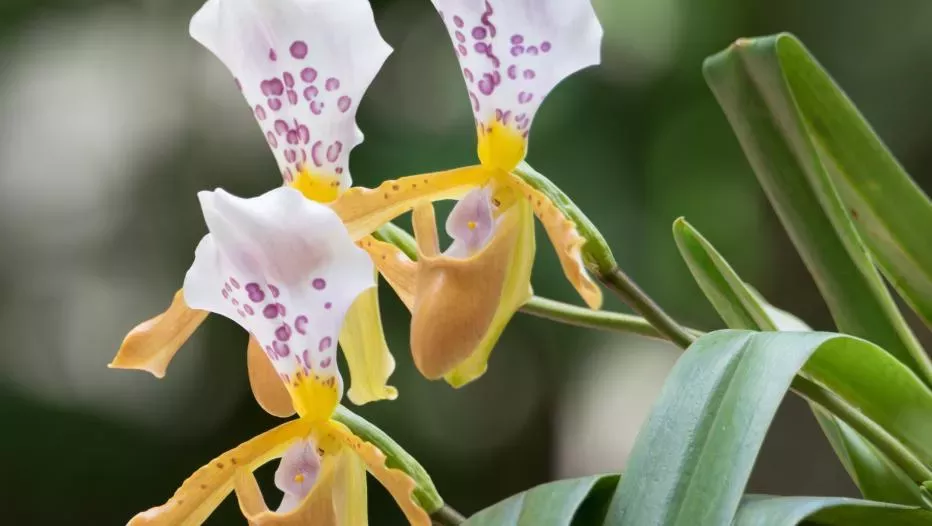
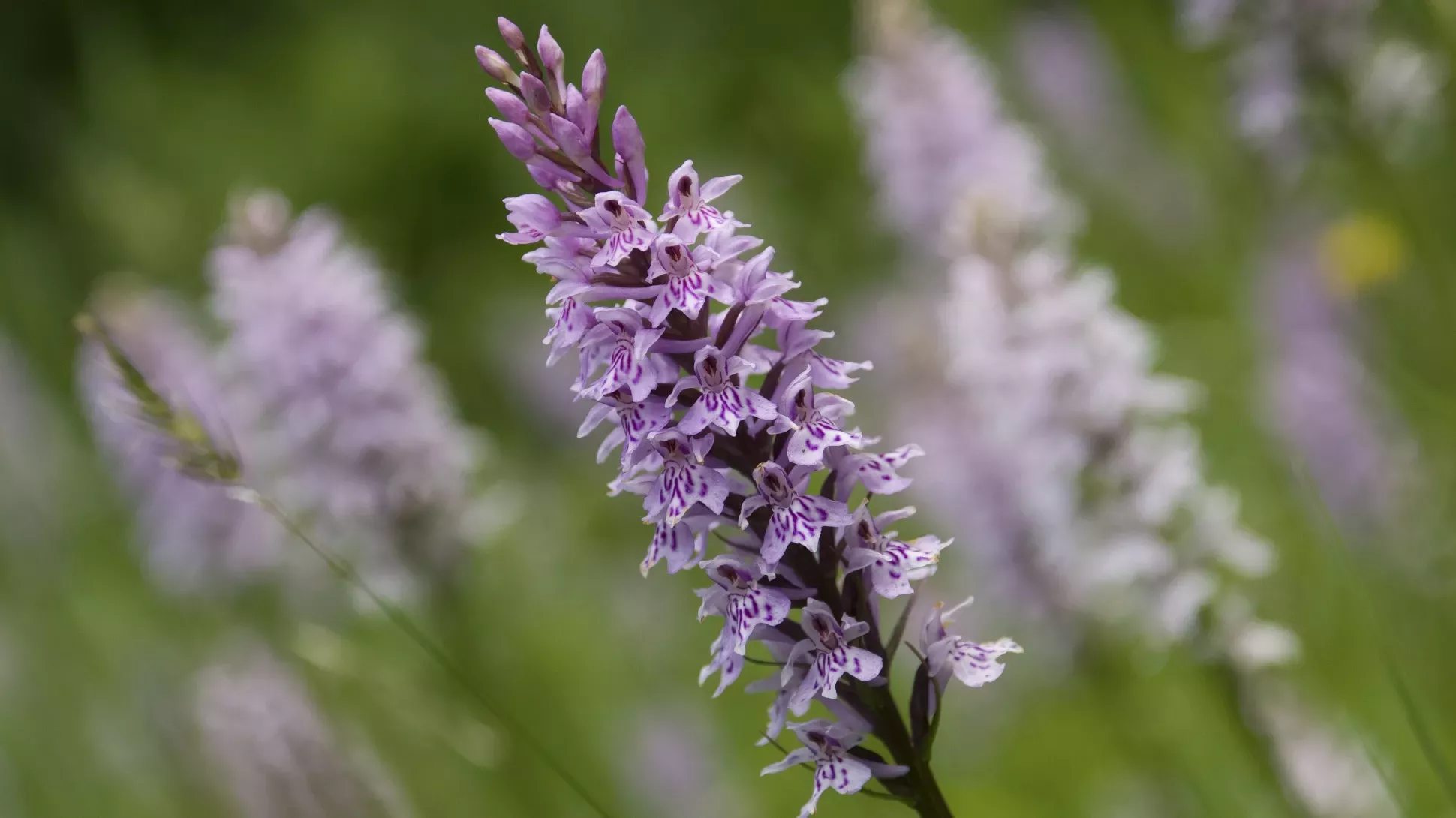
Ghouls just want to have fun
The 'ghost orchids' have some of the weirdest-looking flowers, since many of them evolved to mimic animals.
Groups such as the bee orchids (Ophrys) and the duck orchids (Caleana) can produce flowers that mimic bees, flies and wasps. These deceptive orchids do not just replicate the appearance of insects, but also their pheromones — chemicals used to identify potential mates.
With their deceptive looks and scent, these orchids trick male insects into believing they have secured a mate. They place their pollinia (a mass of pollen) on the naïve bug, so when it visits another flower of the same species, it unwittingly pollinates it.
Other species in this group, like Orchis anthropophora and Orchis simia, have flowers that resemble humans and monkeys. Species of the genus Habenaria tend to have green to yellow flowers that look like a myriad of supernatural creatures, such as fairies, elves and little trolls.

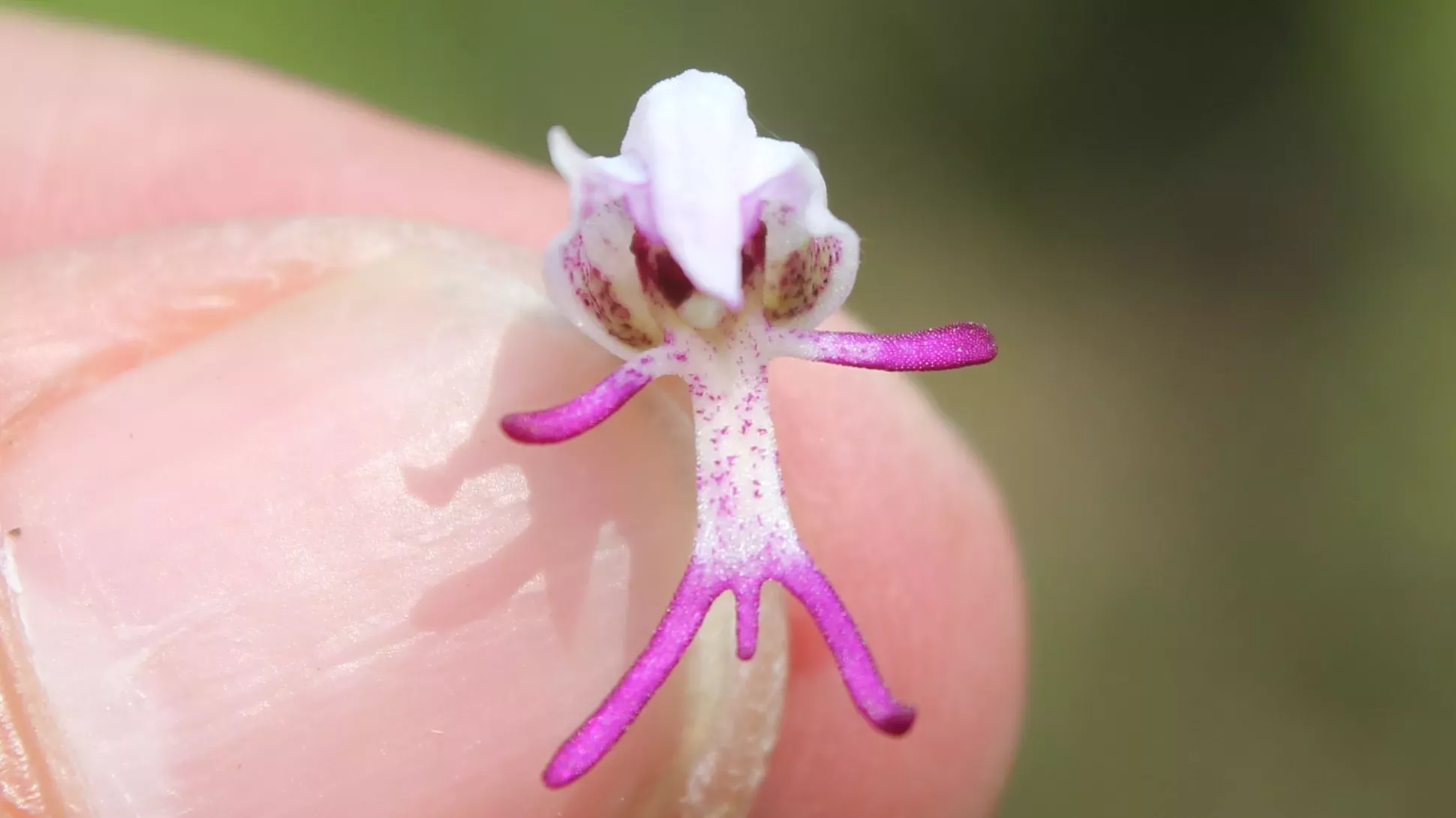
A Botanist and Digitisation Officer’s worst nightmare
Despite being unquestionably amazing, orchids tend to haunt people that digitise biological collections — their flowers’ form, structure, colouration and complexity defy the human mind.
Not surprisingly, these delicate and complex flowers rarely survive or retain their structure after being pressed and dried to become herbarium specimens. This could lead some to consider studying and dissecting these pressed flowers the stuff of nightmares.
Many times, when digitising these specimens, a Digitisation Officer has to take additional images since many botanists dissect and dry flowers, and even attach illustrations of the flowers, in hopes of making their lives easier. But opening envelopes, lifting labels and properly placing flower fragments can make a Digitisation Officer’s job much more difficult and time consuming.
Spirit photography
Digitisation is a skeleton key for all collections, museums and archives, with it creating a permanent digital record of its specimens. Specimens of any kind have a lifespan and are susceptible to degradation, loss and destruction, even the most pristinely curated collections.
The Berlin Herbarium is proof of that. Many of its type specimens (collections used by scientists to describe new species) were destroyed during the bombings of Berlin in World War 2.
Luckily, before the war, the Field Museum had started an ambitious project aiming to photograph type specimens from around the world. The images taken during their visit to the Berlin Herbarium are literally ‘images from beyond the grave’, representing the only known record of these specimens.
Digitising a collection also improves access, enabling people from around the world to study our collection, and even allowing scientists to work from home, in case the collection is temporarily inaccessible.
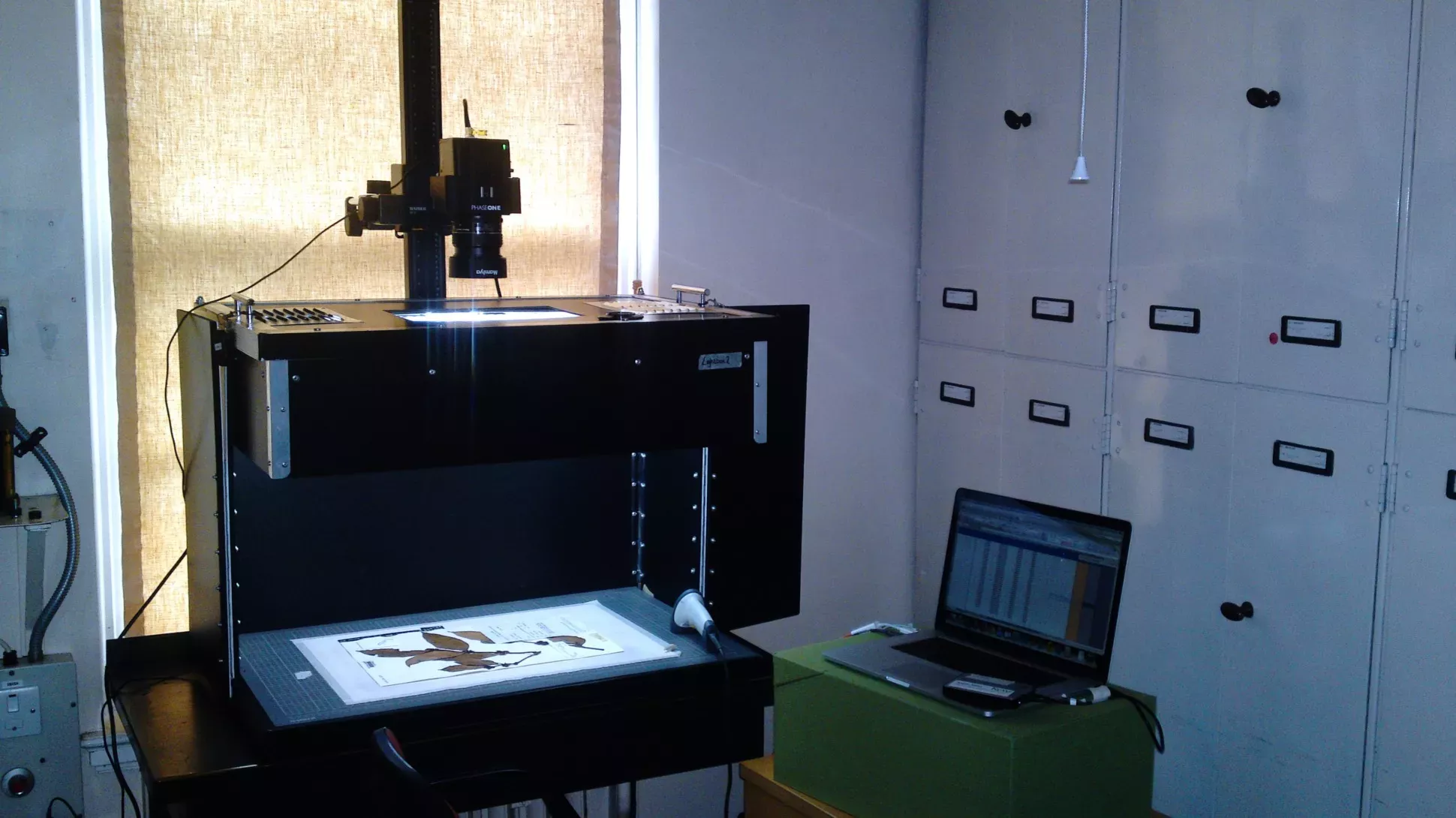
Final Destination
Digitising the spooky and nightmarish 'ghost orchids' is only the tip of the iceberg. We still have a long way to go, with the sweet-scented vanilla orchids (Vanilloideae), along with the biggest orchid subfamily Epidendroideae, as our next challenges.
Once our new public collections portal is launched, you'll be able to see the ‘ghosts in the machine’ for yourselves. Kew's ghost orchids, together with a plethora of other amazing and bizarre plants and fungi, will soon become available to everyone.
In the meantime, witching you a spooky All Hallow’s Eve!
